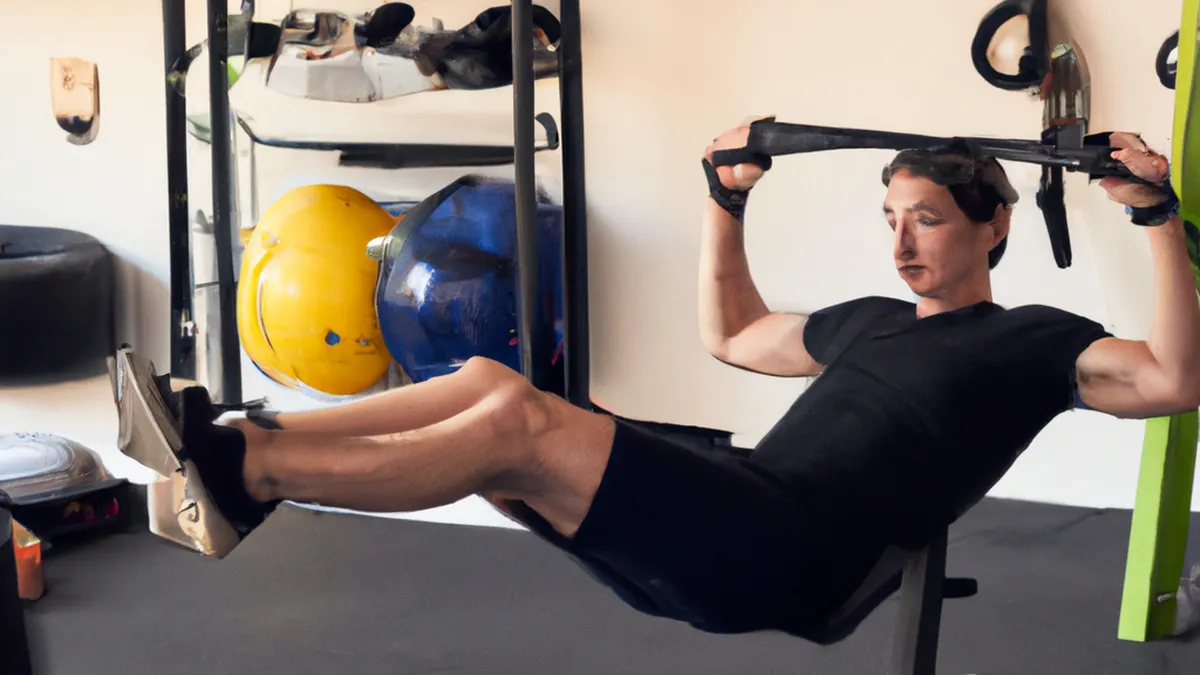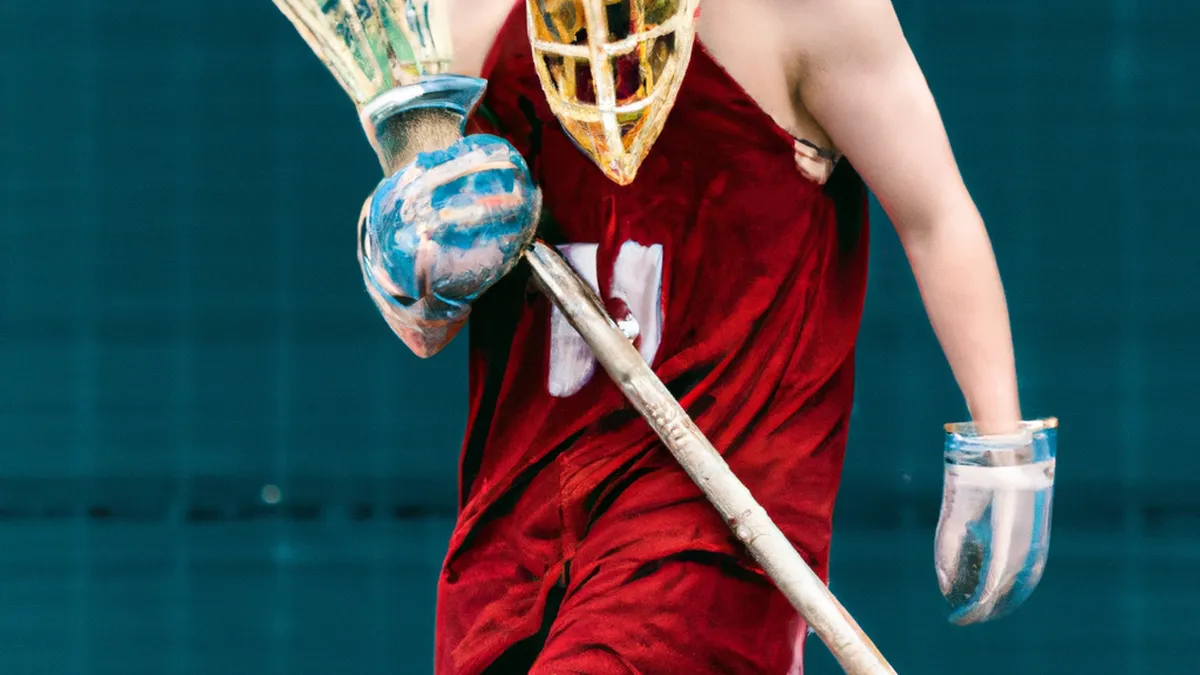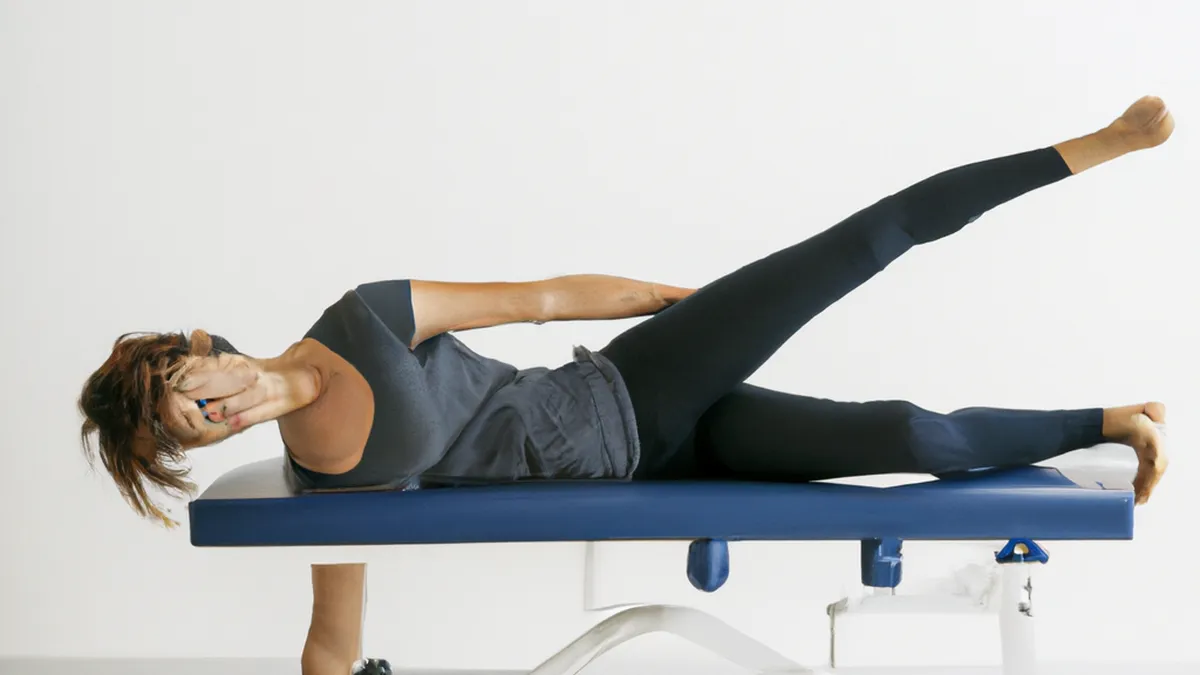Revolutionize Your Training with Analytics
Injury Prediction Through AnalyticsInjuries can derail careers and impact team success. Advancements in analytics now allow prediction of injuries before they happen. This technology revolutionizes how coaches, trainers, and athletes approach fitness and performance. By using data-driven insights, teams can reduce injury risks, enhance performance, and ensure athletes’ long-term health.
Understanding Injury Analytics
Injury prediction analytics combines data collection with statistical modeling to identify injury risk factors. These factors include physical attributes, training loads, and psychological states. Coaches and trainers use this data to make informed decisions about training regimens, recovery protocols, and health management.
Key Metrics to Monitor
To predict injuries effectively, focus on key metrics that correlate with injury risk:1. **Training Load**: Monitor an athlete’s physical exertion. Training load includes intensity, duration, and workout frequency. Overtraining can cause fatigue, increasing injury likelihood. Balance training loads and ensure adequate recovery to minimize injury risks.2. **Biomechanical Data**: Analyze movement patterns through biomechanical data. This analysis reveals improper mechanics that may lead to injuries. Assessing running gait or throwing mechanics helps identify vulnerabilities. Correcting these issues through targeted training reduces injury risk.3. **Previous Injury History**: An athlete’s injury history predicts future injuries. Previous injuries may leave lingering effects that increase risk. Tracking this history allows trainers to implement tailored preventative measures for at-risk athletes.4. **Physiological Factors**: Metrics like muscle strength, flexibility, and endurance indicate an athlete’s readiness. Regular assessments help trainers gauge an athlete’s condition and adjust training regimens accordingly.5. **Psychological State**: Mental health significantly affects performance and injury risk. Stress, anxiety, and lack of motivation can decrease focus and increase injury susceptibility. Monitoring athletes’ psychological well-being helps trainers address potential issues before they lead to injuries.Tracking these metrics provides valuable insights into injury risk, enabling proactive interventions.
Implementing Technology
Technology drives injury prediction analytics. Wearable devices, GPS trackers, and motion capture systems collect data during practices and games. Teams analyze this data to identify trends and patterns. For example, consistent signs of fatigue or declining performance metrics may indicate a higher injury risk.Moreover, machine learning models analyze vast amounts of data to improve predictions.
Conclusion
As an Amazon Associate I earn from qualifying purchases.
Gear tip: consider percussive massager, ems device, and tens unit to support this topic.
Injury prediction analytics empowers teams to reduce risks and enhance athlete performance. By leveraging technology and data-driven insights, organizations can support athlete health and success.
Below are related products based on this post:
FAQ
What is injury prediction analytics?
Injury prediction analytics combines data collection with statistical modeling to identify risk factors associated with injuries. It focuses on various elements, including physical attributes, training loads, and psychological states, enabling coaches and trainers to make informed decisions regarding training and recovery protocols.
What key metrics are monitored in injury prediction?
Key metrics include training load, biomechanical data, previous injury history, physiological factors, and psychological state. Monitoring these metrics helps identify potential risks and allows trainers to implement tailored preventative measures to reduce injury likelihood.
How does technology aid in injury prediction?
Technology plays a crucial role in injury prediction analytics through the use of wearable devices, GPS trackers, and motion capture systems. These tools collect data during practices and games, which teams analyze to identify trends and patterns that could indicate an increased risk of injury.















Post Comment